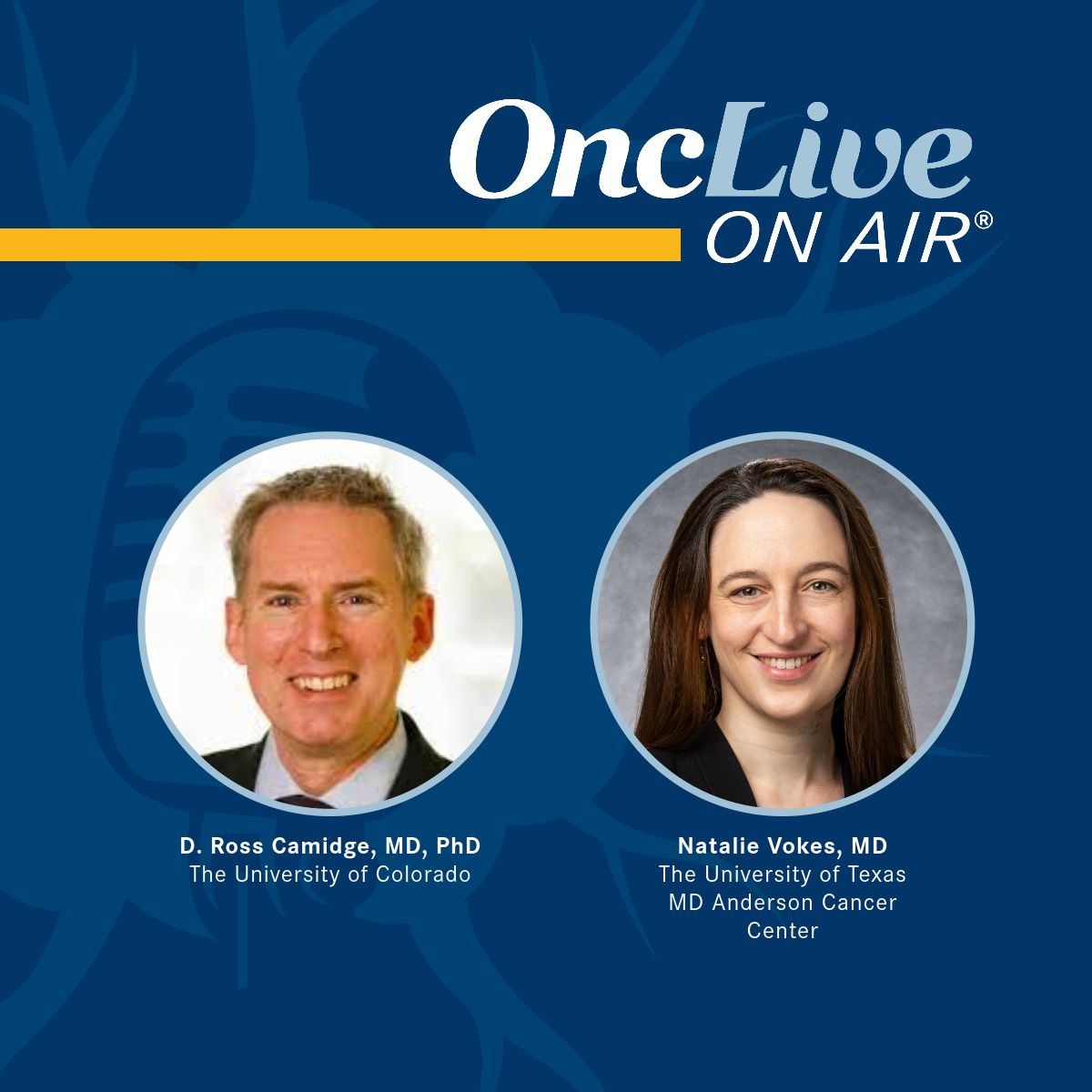Commentary
Video
Dr Kamdar on the Benefit of Liso-Cel Therapy Across Lymphoma Subgroups
Author(s):
Manali Kamdar, MD, discusses which populations of lymphoma subtypes, such as MCL, may derive the most benefit from liso-cel treatment.
Manali Kamdar, MD, associate professor, medicine, hematology-oncology; clinical director, Lymphoma Services, University of Colorado Anschutz School of Medicine, discusses patient populations that may derive the most benefit from lisocabtagene maraleucel (liso-cel; Breyanzi) treatment, highlighting the various lymphoma subgroups, including mantle cell lymphoma (MCL).
Notably, at the 2024 EHA Congress, investigators shared data from the MCL cohort of the phase 1 TRANSCEND NHL 001 trial (NCT02631044), which evaluated treatment with liso-cel in patients with relapsed/refractory MCL. Data shared at the meeting demonstrated a median duration of response of 6.7 months (95% CI, 2.4-15.8), a median progression-free survival of 7.4 months (95% CI, 3.3-12.3), and a median overall survival of 13.5 months (95% CI, 9.5-17.1) in patients treated with 5 to 11 prior lines of therapy (n = 26). Responses in this subgroup were comparable with those seen in the overall population (n = 83); clinically meaningful activity with liso-cel was observed across all subgroups.
Liso-cel, a CD19-directed CAR T-cell therapy, has generated substantial efficacy in treating patients with difficult-to-manage lymphomas, including diffuse large B-cell lymphoma (DLBCL), follicular lymphoma (FL), and MCL, Kamdar begins. This therapy is approved for use in the second- and third-line treatment settings for patients with DLBCL and the third-line setting for those with FL and MCL. However, it is crucial to explore its potential in earlier lines of treatment, particularly since patients who are less heavily pretreated may have better-preserved T-cell health, she explains. In the context of DLBCL, particularly among high-risk subgroups—such as patients with high-grade B-cell lymphomas, double-hit lymphomas, or those who achieve only a partial remission on interim PET scans in combination with high-risk cytogenetics—liso-cel should be considered for use in earlier lines of treatment, Kamdar emphasizes.
In MCL, an unmet need persists for effective treatments, especially for cases with aggressive features, such as those proliferative in nature, those enriched with TP53 mutations, or those with blastoid and pleomorphic phenotypes, she expands. Expanding the use of CAR T-cell therapy, including liso-cel, beyond the third line and into the second-line setting may yield exceptional response rates and durability of remission, Kamdar says. Furthermore, the toxicities associated with liso-cel in earlier lines will likely be manageable, making this an exciting area for continued exploration in MCL therapy, Kamdar concludes.




%20(2)%201-Recovered-Recovered-Recovered-Recovered-Recovered.jpg?fit=crop&auto=format)

%20(2)%201-Recovered-Recovered-Recovered-Recovered-Recovered.jpg?fit=crop&auto=format)
%20(2)%201-Recovered-Recovered-Recovered-Recovered-Recovered.jpg?fit=crop&auto=format)